CARING WITH FAMILY
|
| The level of affection a breed exhibits towards family members and familiar people can vary. Certain breeds may be more reserved and aloof showing their affection primarily towards their owner. On the other hand, some breeds are renowned for their friendly nature and treat everyone they know as their best friend. |
LOVE WITH CHILDREN
Unwise
Good With Children
|
| The level of tolerance and patience a breed possesses towards children's actions, as well as their overall friendliness towards families is an important consideration. It is vital to supervise dogs when they are in the presence of young children or children of any age who have limited experience with them. |
BEHAVIOR WITH DOGS
Unwise
Good With Other Dogs
|
| While it is important to supervise dog interactions and introductions with others certain breeds tend to be more naturally inclined to get along with other dogs. Their disposition towards other canines can be generally described as friendly. However, individual temperament can still vary, so it's essential to assess each dog's behavior and personality on a case-by-case basis when it comes to interactions with other dogs both at home and in public. |
SHEDDING LEVELS & MANAGEMENT
No Shedding
Hair Everywhere
|
| The amount of fur and hair a breed tends to shed is a factor worth considering. Breeds that shed heavily will necessitate more frequent brushing have a higher likelihood of triggering specific allergies and may require more regular vacuuming and lint-rolling to maintain cleanliness. |
COAT GROOMING STANDARDS
|
| It is essential to consider the grooming needs of a breed including the frequency of bathing, brushing, trimming and other coat maintenance activities. When assessing the grooming effort required take into account the time, patience and budget you can allocate for such care. Additionally, it is important to note that all breeds necessitate regular nail trimming. |
DROOLING INTENSITY
Less Likely to Drool
Always Have a Towel
|
| The tendency of a breed to drool is another factor to consider. If you have a preference for cleanliness dogs that produce excessive slobber leaving ropes of drool on your arm or creating significant wet spots on your clothes may not be the most suitable choice for you. |
COAT STYLES GUIDE |
| Smooth |
| COAT SPECTRUM |
| Short |
FRIENDLINESS
Reserved
Everyone Is My Best Friend
|
| The level of welcoming behavior a breed exhibits towards strangers is worth considering. Some breeds may be reserved or cautious around all strangers regardless of the situation or location. On the other hand, there are breeds that are generally happy and excited to meet new people whenever they come across them. |
LIVELINESS
Only When You Want To Play
Non-Stop
|
| The level of enthusiasm a breed displays towards play, even beyond puppyhood is an important consideration. Some breeds will continue to enjoy playing tug-of-war or fetch well into their adult years. On the other hand, there are breeds that are content with relaxing on the couch with you most of the time. |
VIGILANCE INTENSITY
What's Mine Is Yours
Vigilant
|
| The tendency of a breed to alert you when strangers are present is an important aspect to consider. Some breeds are more likely to react to any potential threat, whether it's the arrival of the mailman or a squirrel outside the window. However, these breeds are also likely to become more accepting of strangers who enter the house and are welcomed by their family. |
ADAPTATION CAPACITY
Lives For Routine
Highly Adaptable
|
| The adaptability of a breed to handle change is an important aspect to consider. This includes their ability to adjust to changes in living conditions, noise levels, weather conditions, daily schedule and other variations in day-to-day life. |
OBEDIENCE LEVEL
Self-Willed
Eager to Please
|
| The ease of training a dog and their willingness to learn new things are important factors to consider. Some breeds are eager to please their owners and are more inclined to make them proud through training. On the other hand, there are breeds that have a more independent streak and may prefer to do things on their own terms, disregarding commands or training attempts. |
STAMINA LEVEL
|
| The level of exercise and mental stimulation a breed requires is an important consideration. High energy breeds are always ready and eager for their next adventure. They thrive on activities such as running, jumping and playing throughout the day. On the other hand, low energy breeds are more akin to couch potatoes. They are content with lounging around and snoozing for the most part. |
VOCALIZATION
|
| Medium |
LEARNING CURIOSITY LEVEL
Happy to Lounge
Needs a Job or Activity
|
| The amount of mental stimulation a breed requires to stay happy and healthy is an essential factor to consider. Purpose-bred dogs that have specific jobs may require mental exercises that involve decision-making, problem-solving, concentration and other qualities. Without sufficient mental stimulation, these breeds may create their own activities to keep their minds occupied. These self-initiated projects may not align with what owners would prefer potentially leading to undesirable behavior. |
| COLORS |
|
Description
|
Registration Code
|
|
Black
|
007
|
|
Black Brindle
|
279
|
|
Blue Brindle
|
056
|
|
Red
|
140
|
|
Red Brindle
|
148
|
|
White
|
199
|
|
White & Black
|
202
|
|
White & Blue Brindle
|
333
|
|
White & Red
|
214
|
|
Blue
|
037
|
|
Blue Fawn
|
036
|
|
White & Black Brindle
|
328
|
|
White & Blue
|
288
|
|
White & Blue Fawn
|
334
|
|
White & Red Brindle
|
336
|
|
Black & White
|
019
|
|
Blue Brindle & White
|
254
|
|
Red & White
|
146
|
|
Black Brindle & White
|
021
|
|
Blue & White
|
045
|
|
Blue Fawn & White
|
274
|
|
Fawn
|
082
|
|
Fawn & White
|
086
|
|
Liver
|
123
|
|
Liver & White
|
125
|
|
Liver Brindle
|
332
|
|
Red Brindle & White
|
149
|
|
White & Fawn
|
207
|
|
White & Liver
|
212
|
|
White & Liver Brindle
|
335
|
|
| PATTERNS |
|
Description
|
Registration Code
|
|
Black Mask
|
004
|
|
Ticked
|
013
|
|
Parti-Color
|
038
|
|
Solid
|
110
|
|



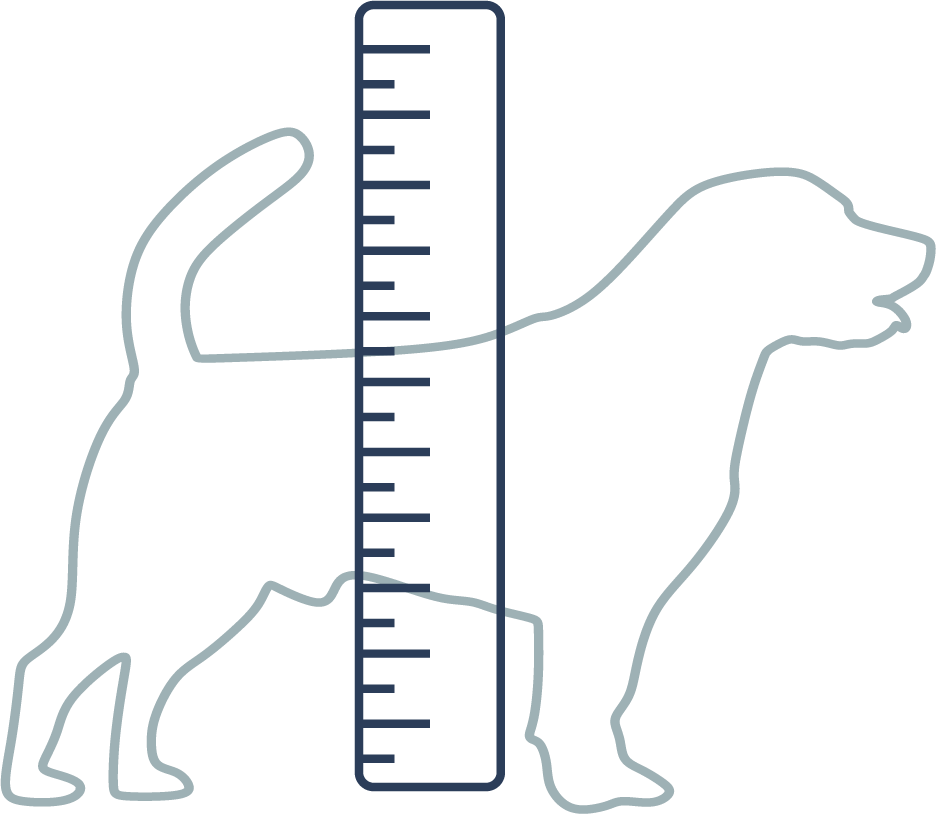


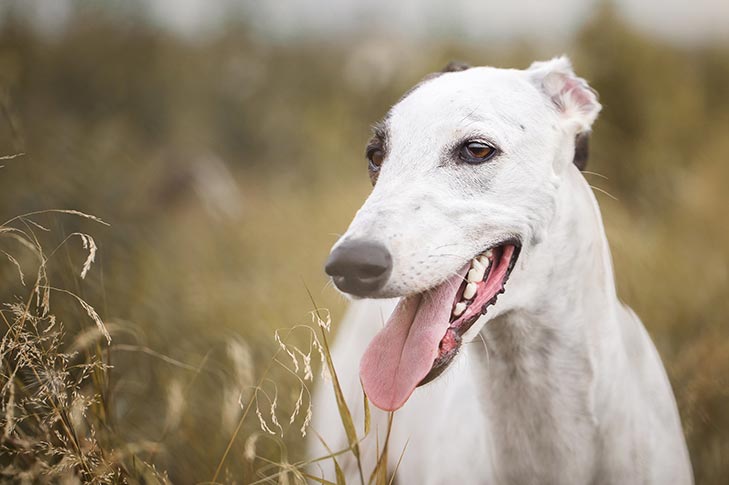
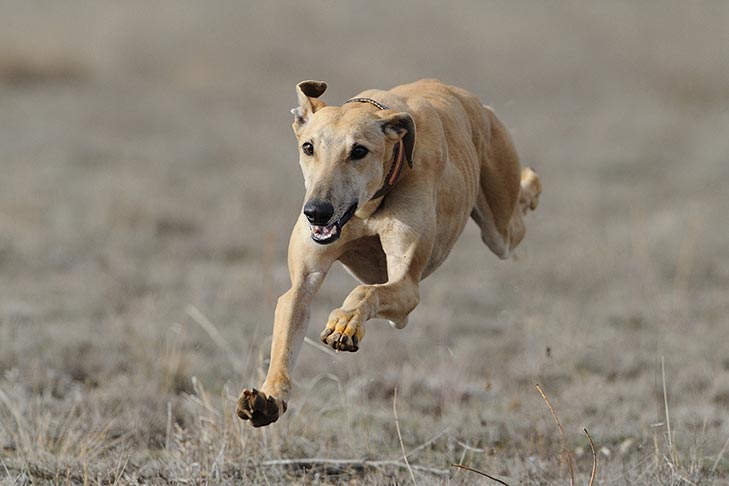
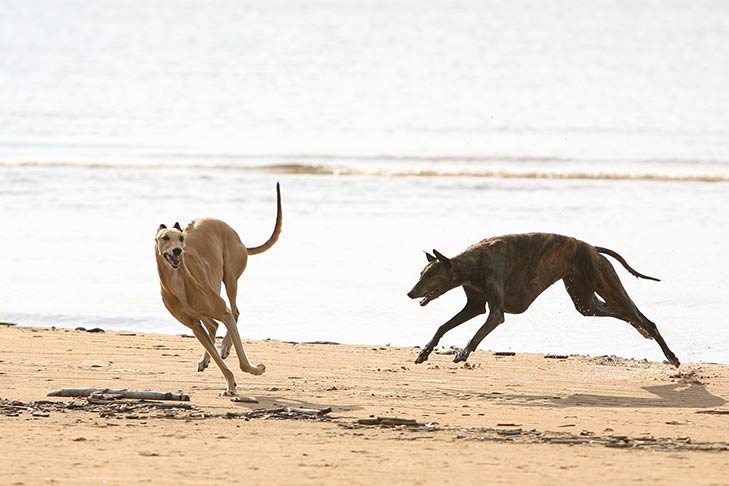
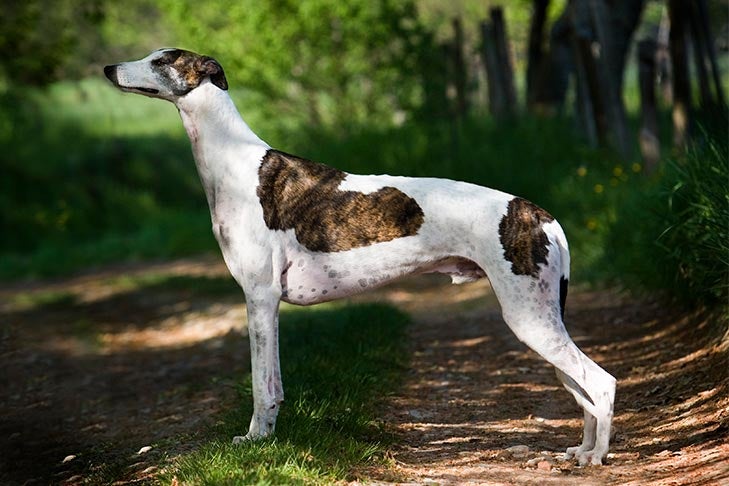






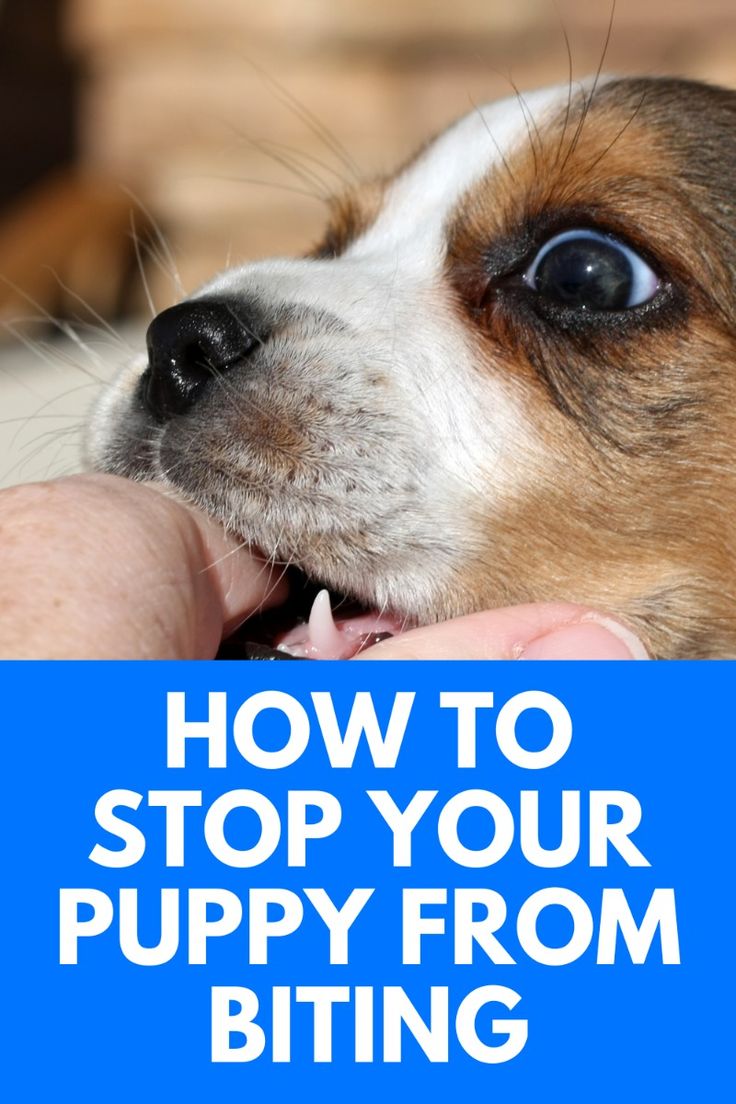


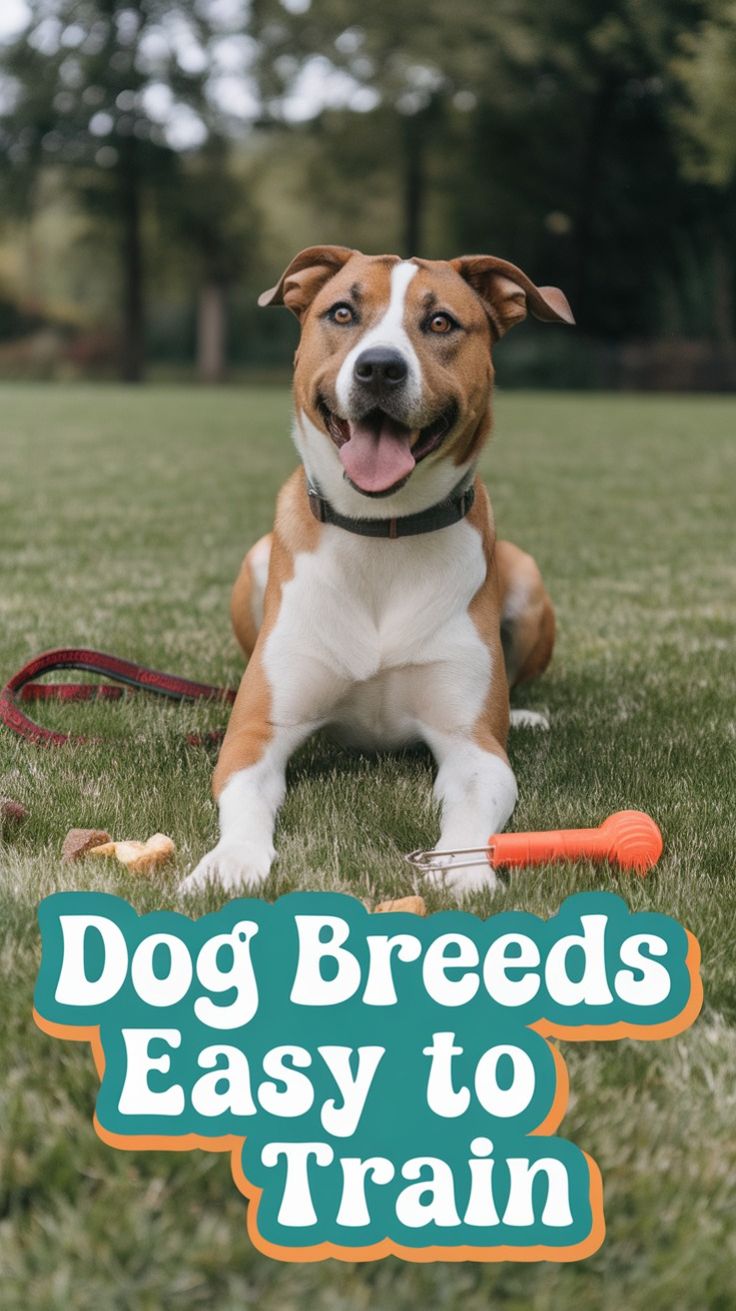
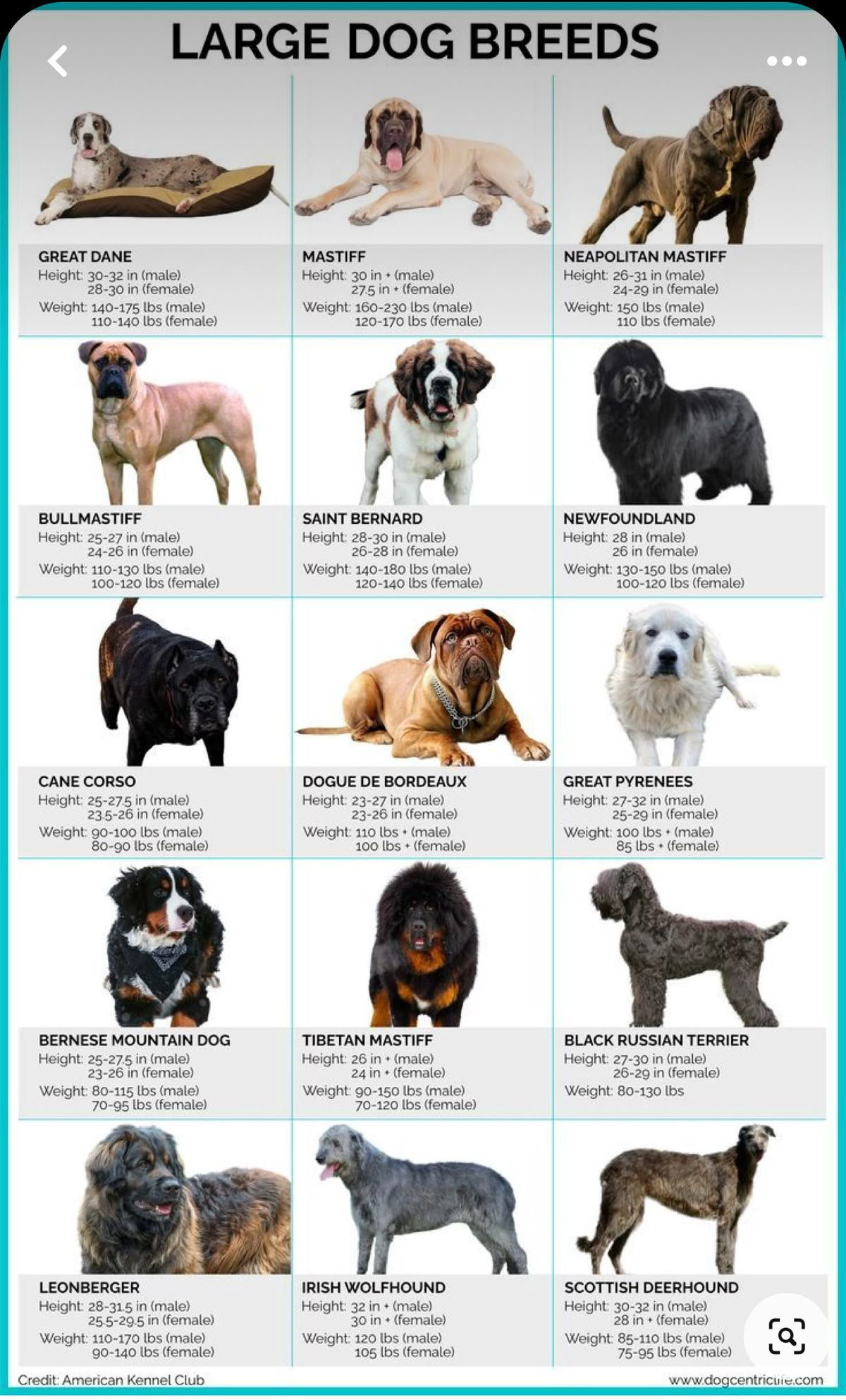

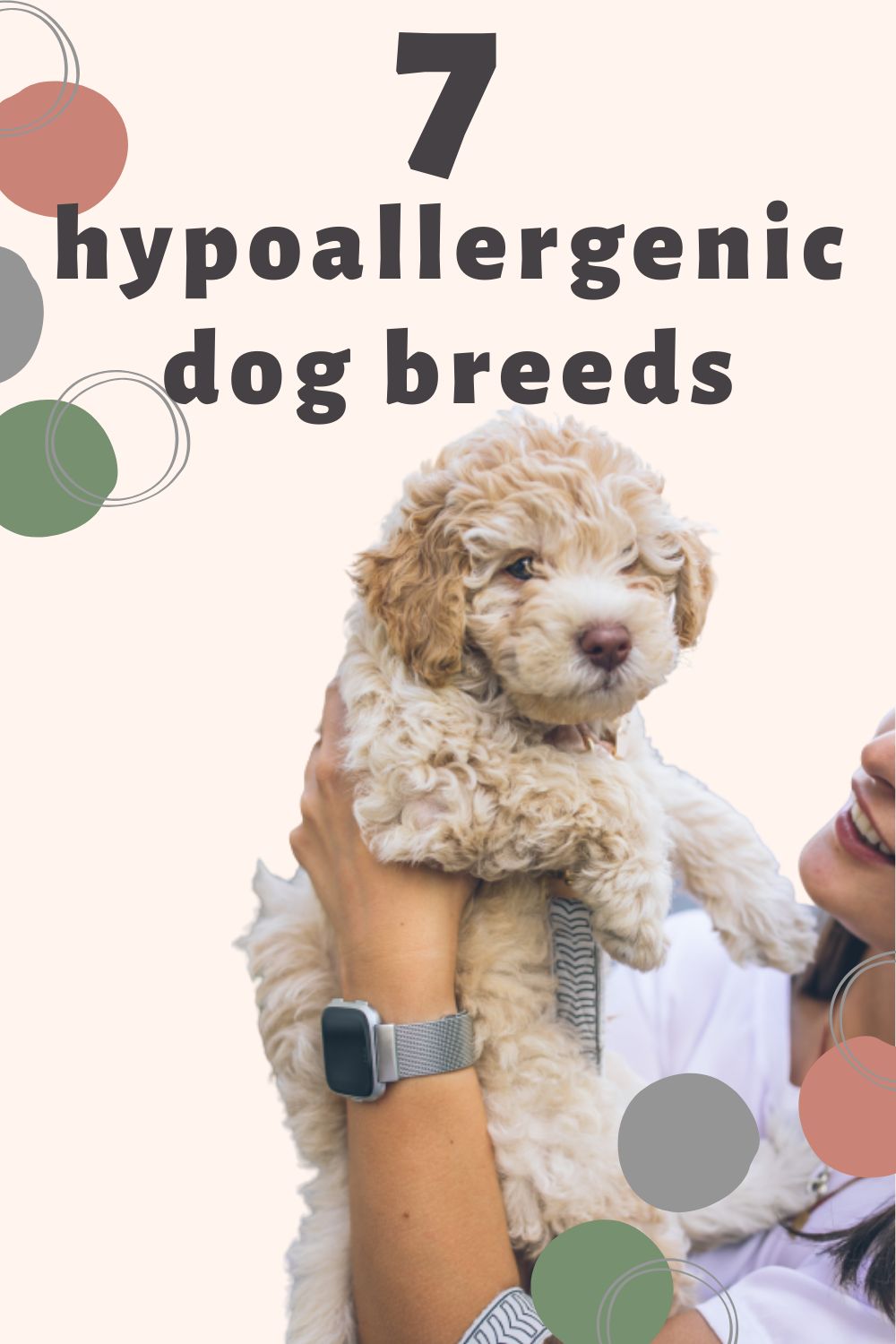




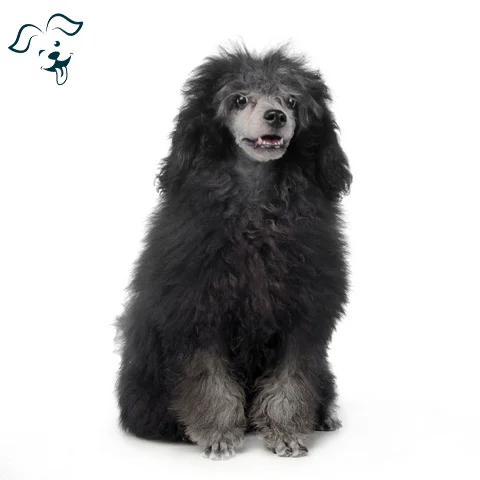

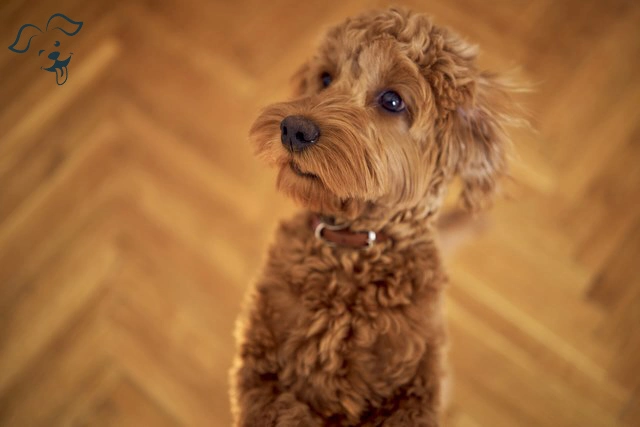
FRIENDLINESS
LIVELINESS
VIGILANCE INTENSITY
ADAPTATION CAPACITY